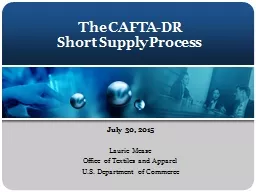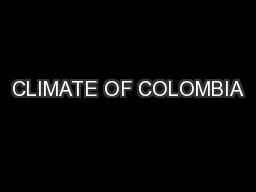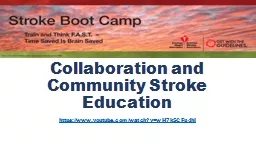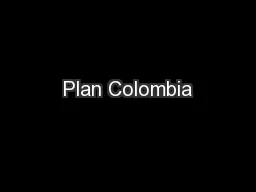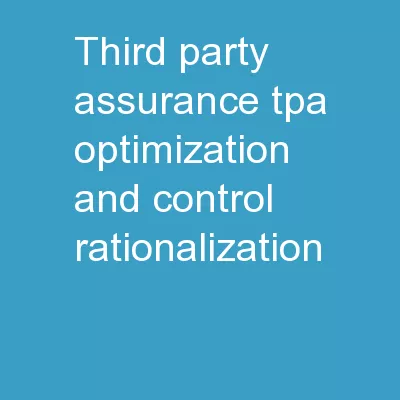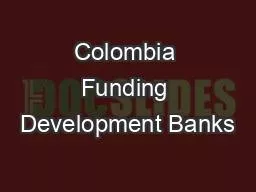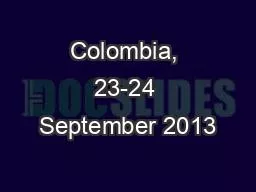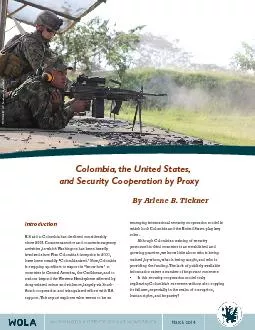PPT-U.S.-Colombia TPA Short Supply
Author : evans | Published Date : 2021-01-28
Mechanism Mecanismo de Escaso Abasto August 9 2018 Richard Stetson and Laurie Mease Office of Textiles and Apparel OTEXA US Department of Commerce 2 Norma
Presentation Embed Code
Download Presentation
Download Presentation The PPT/PDF document "U.S.-Colombia TPA Short Supply" is the property of its rightful owner. Permission is granted to download and print the materials on this website for personal, non-commercial use only, and to display it on your personal computer provided you do not modify the materials and that you retain all copyright notices contained in the materials. By downloading content from our website, you accept the terms of this agreement.
U.S.-Colombia TPA Short Supply: Transcript
Download Rules Of Document
"U.S.-Colombia TPA Short Supply"The content belongs to its owner. You may download and print it for personal use, without modification, and keep all copyright notices. By downloading, you agree to these terms.
Related Documents

